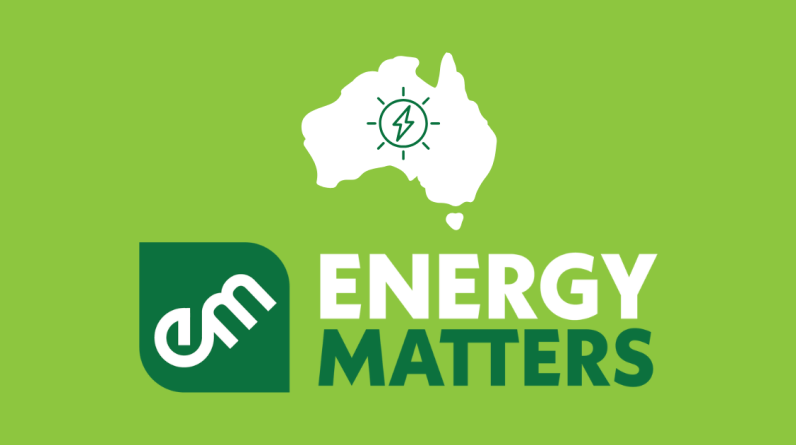
AI agents are transforming the technological landscape by automating and managing tasks with unprecedented efficiency and accuracy. This comprehensive guide will help you understand and build sophisticated AI agent systems, with a focus on function calling and tool integration. By using powerful APIs and advanced tools, you can develop systems capable of handling complex tasks such as coding, data management, and information retrieval.
Imagine a world where mundane tasks are effortlessly managed by intelligent systems, freeing up your time for more creative and meaningful pursuits. This isn’t just a futuristic dream—it’s the reality we’re stepping into with AI agents. Whether you’re a tech enthusiast eager to dive into the world of AI or a professional looking to streamline operations, understanding AI agent systems is your gateway to harnessing the power of automation. This guide by All About AI will walk you through the essentials of building these systems, focusing on the intriguing concept of function calling and the seamless integration of innovative tools.
AI Agent Systems
You’ll discover how AI agents can transform your workflow by integrating powerful APIs and tools like GPT-4 and Claude 3.5. These technologies enable AI systems to perform advanced coding tasks, manage data effortlessly, and interact with users in a natural, intuitive manner. But that’s just the tip of the iceberg. By mastering function calling and tool integration, you’ll unlock the potential to create AI agents that not only execute tasks with precision but also adapt and evolve with your needs.
TL;DR Key Takeaways :
- AI agents are software entities that perform tasks autonomously, relying heavily on APIs and tool integration to enhance their capabilities and efficiency.
- Function calling is a key aspect of AI agent systems, allowing them to execute specific tasks. Tools like the GPT-4 API, Claude 3.5, and Supabase can be integrated to enhance coding tasks and manage large datasets.
- Function calling involves setting up schemas and functions that define tool integration within the AI system, enabling AI agents to effectively use available tools to perform tasks.
- Effective tool setup and management are crucial for the smooth operation of AI agent systems. Adding new tools, such as text-to-speech technology, can enhance the AI agent’s capabilities and user experience.
- The future of AI agent systems is promising, with potential advancements in integrating more sophisticated technologies. As AI evolves, these systems will offer enhanced capabilities and functionalities, becoming indispensable in various industries.
Understanding AI Agent Systems
AI agents are sophisticated software entities designed to perform tasks autonomously, streamlining operations by executing predefined functions without constant human intervention. To create a robust AI agent system, it’s crucial to grasp its core components and their intricate interactions. These systems heavily rely on APIs and tool integration to enhance their capabilities and efficiency.
Key components of AI agent systems include:
- Natural Language Processing (NLP) engines
- Machine Learning algorithms
- Knowledge bases
- Decision-making modules
- Task execution frameworks
Each component plays a vital role in allowing AI agents to understand, process, and respond to user inputs while executing complex tasks efficiently.
Integrating Functions and Tools for Enhanced Capabilities
Function calling is a cornerstone of AI agent systems, allowing them to execute specific tasks with precision. By integrating powerful tools like the GPT-4 API, your AI agents can interact with users naturally and perform advanced coding tasks. Claude 3.5 further enhances coding capabilities by offering intelligent suggestions and real-time error corrections, significantly improving code quality and development speed.
Supabase provides a robust solution for data storage and retrieval, which is essential for managing large datasets efficiently. This integration allows AI agents to access and manipulate data seamlessly, enhancing their ability to provide accurate and timely information.
AI Agents 101 Masterclass
Browse through more resources below from our in-depth content covering more areas on AI agents.
Implementing Function Calling: A Step-by-Step Approach
Function calling involves setting up detailed schemas and functions that define tool integration within the AI system. This setup ensures that AI agents can effectively use available tools to perform a wide range of tasks. Here’s a breakdown of the implementation process:
1. Define function schemas: Create clear, structured definitions for each function, including input parameters and expected outputs.
2. Implement function logic: Develop the actual code that executes when a function is called, making sure it aligns with the defined schema.
3. Integrate with AI model: Connect the functions to your AI model, allowing it to recognize and call appropriate functions based on user inputs or system requirements.
4. Test and refine: Thoroughly test each function to ensure proper integration and performance, refining as necessary.
Examples of powerful function implementations include:
- Writing and saving Python code dynamically
- Fetching and deleting database entries efficiently
- Explaining complex code using AI-powered analysis
These examples highlight the versatility and power of function calling in AI agent systems, showcasing their ability to handle diverse tasks across various domains.
Optimizing Tool Setup and Management
Effective tool setup and management are vital for the smooth operation of AI agent systems. Structuring tools and schemas within the system allows for seamless integration and operation, enhancing overall performance. To optimize your AI agent’s capabilities:
1. Organize tools logically: Group related tools and functions for easier management and scalability.
2. Implement version control: Keep track of tool versions and updates to ensure compatibility and performance.
3. Monitor usage and performance: Regularly analyze tool usage patterns and performance metrics to identify areas for improvement.
4. Expand functionality: Continuously add new tools to enhance your AI agent’s capabilities. For instance, integrating text-to-speech technology can offer a more interactive and accessible user experience by converting text into natural-sounding speech.
Configuring Systems and Managing Conversations for Optimal Performance
System configuration involves setting up detailed system messages and logic to guide tool selection and usage, making sure efficient AI agent operation. Key aspects of system configuration include:
- Defining clear operational parameters
- Establishing priority hierarchies for tool usage
- Implementing error handling and fallback mechanisms
Maintaining a comprehensive conversation history is crucial for context retention, allowing AI agents to provide relevant and accurate responses based on previous interactions. Effective conversation management involves:
1. Storing conversation logs securely
2. Implementing efficient retrieval mechanisms
3. Analyzing conversation patterns for continuous improvement
The Future of AI Agent Systems: Emerging Trends and Possibilities
The future of AI agent systems is promising, with potential advancements in integrating more sophisticated technologies. As AI continues to evolve, these systems will become increasingly advanced, offering enhanced capabilities and functionalities across various industries.
Emerging trends in AI agent systems include:
- Integration of quantum computing for complex problem-solving
- Enhanced emotional intelligence for more natural interactions
- Improved multi-modal processing capabilities
- Advanced cybersecurity features for robust data protection
Integrating technologies like CLA (Cortical Learning Algorithm) computer use could further expand the possibilities of AI agent systems, allowing them to learn and adapt more efficiently to new tasks and environments. This advancement could make AI agents indispensable in fields such as healthcare, finance, and scientific research.
In conclusion, building and managing AI agent systems requires a solid understanding of function calling, tool integration, and system configuration. By using advanced tools and APIs, you can create intelligent systems capable of performing a wide range of tasks with remarkable efficiency. As the field continues to advance, AI agent systems will play an increasingly critical role in shaping the future of technology and automation across industries.
Media Credit: All About AI
Filed Under: AI, Guides
Latest Geeky Gadgets Deals
If you buy something through one of these links, Geeky Gadgets may earn an affiliate commission. Learn about our Disclosure Policy.
Originally Appeared Here








